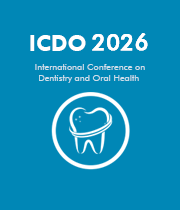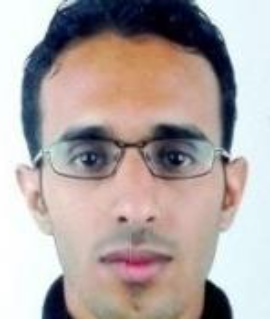Title: Diagnostic efficacy of cone beam computed tomography(CBCT) in impacted maxillary canine: Systematic review
Abstract:
Background: The maxillary impacted canine is the second most common impaction after the mandibular 3rd molar and has the potential to causes challenge to clinicans. An accurate localization of the impacted canine and its adjacent teeth is essential. Traditional radiological assessment relies on the use of periapical, panoramic and lateral images and the use of parallax movement between images taken with different perspectives. The precise identification of position and associated root resorption of adjacent teeth may , however, require the use of sectional imaging. Avalaible methods are computed tomography( CT) and cone beam computed tomography (CBCT), where CBCT has been proved superior to CT with regard to radiation dose and cost. Despite the expected advantages of CBCT, the impact on patient management, the increased radiation dose and costs compared with conventional radiography has to be considered. To seaerch for evidence that CBCT has a higher diagnostic effciacy than conventional radiography appears essential.
Objective: To systematically review the literature on diagnostic efficacy of CBCT for investigating the position of impacted maxillary canine and root resorption of adjacent teeth.
Methods: The review was planned and achieved based on the preferred reporting items for systematic reviews and meta-analysis (PRISMA) statement and guidance of Centre for Reviews and Dissemination for undertaking reviews in healthcare. Review question - what is the diagnostic efficacy of CBCT for investigating impacted maxillary canines regarding position and root resorption of adjacent teeth? Literature searches - MEDLINE, SCOPUS, WEB OF SCIENCE and COCHRANE up to December 01, 2015. Study selection - The PICO elements were used to define population as patients with impacted maxillary canines, intervention as CBCT as index test, control/reference standard as another method of diagnosis outcome as diagnostic efficacy. Data extraction and synthesis – studies were assessed according to eligibility and methodological quality.
Results: From 1361 identified records, 10 (0.73%) articles met the inclusion criteria for quality assessment. Further one article was included from the reference lists of full-text articles assigned for eligibility. A total of 10 original studies were included in the quality assessment stage in addition to two systematic reviews. Most of evidence is related to diagnostic accuracy efficacy. No studies were identified in the levels of patient outcome efficacy or societal efficacy. The quality of the studies varies with regard to bias and applicability.




